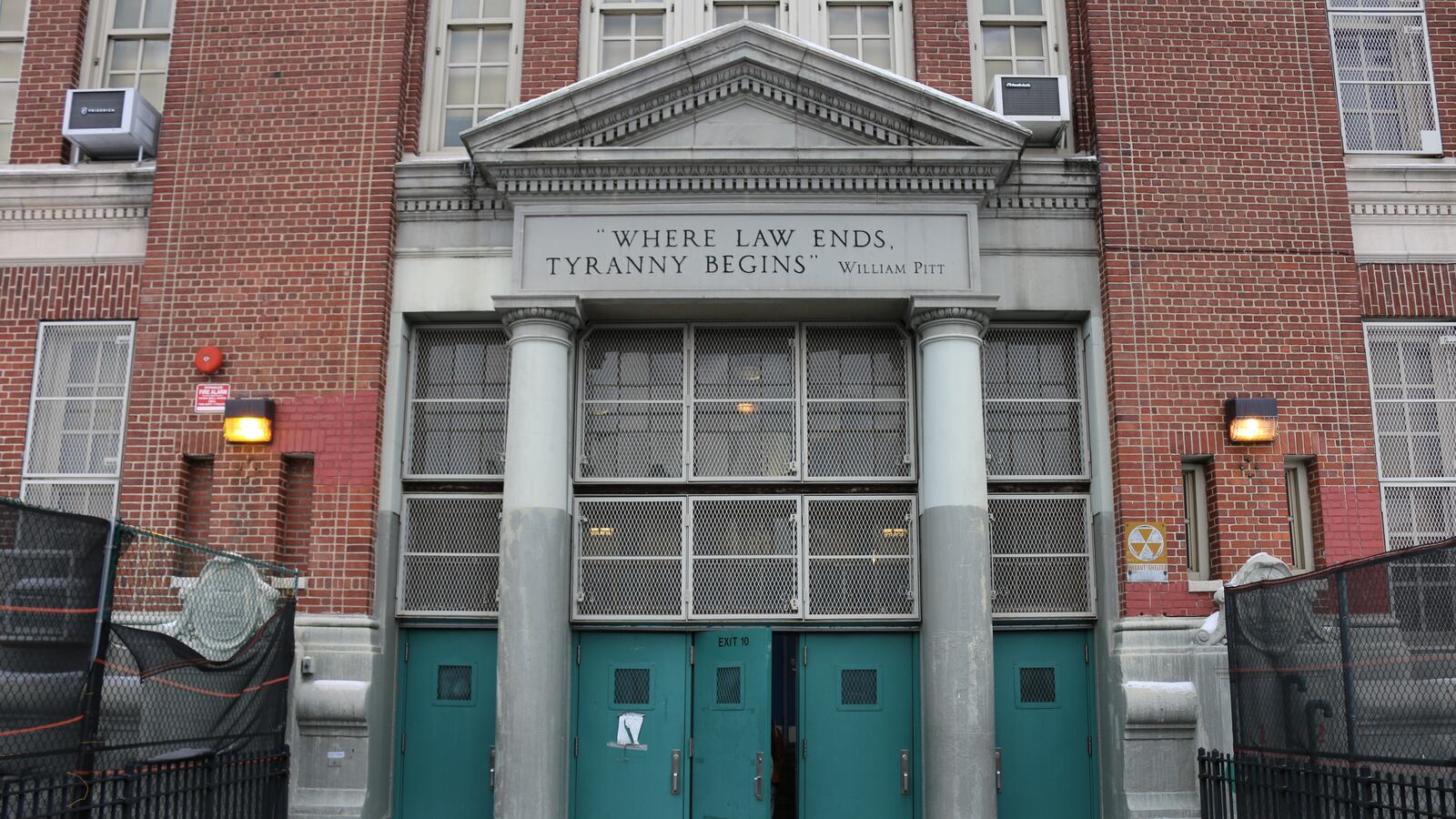In the coming days, struggling schools in the city’s “Renewal” improvement program will learn whether they get more time to mount a comeback — or will be shut down for good.
New York City education officials are expected to announce soon which of the low-performing schools will close at the end of this academic year. The decision will have enormous consequences for students and teachers who will have to find new schools — and will likely rekindle debate about the effectiveness of Mayor Bill de Blasio’s $582 million effort to turn around troubled schools by infusing them with social services and academic support.
As the Renewal program passed its third birthday in November — a date by which the mayor promised to decide which schools aren’t measuring up — officials have been tight-lipped about which schools are on the chopping block.
Chalkbeat analyzed the previous rounds of closures — nine schools out of the original 94 — to understand which schools might be targeted this time. Perhaps the clearest finding is that it’s difficult to predict which schools the city will shutter.
While all the closed schools had very low graduation rates and test scores, so do other Renewal schools that were spared. The analysis shows there are no strict rules about which schools are shut down and which are given more time to turn around.
That said, here are some takeaways from previous Renewal school closures:
Almost all the closed schools struggled to retain students.
Seven of the nine closed schools enrolled fewer students in the year they were shuttered than when they entered the Renewal program in 2014 — and six shed more than a fifth of their students.
Many of the schools had struggled to recruit and retain students even before the program started — once it did, the schools struggled to staunch the flow. The city considers such shrinkage an existential problem; officials have suggested that schools with fewer than 250 students can become unsustainable since school funding is based partly on enrollment.
Six of the closed schools enrolled fewer than 200 students their final year — including Brooklyn’s M.S. 584, which lost about 25 percent of its population since the Renewal program started, leaving it with just 78 students.
Meeting the city’s goals doesn’t guarantee survival.
The city assigned each Renewal school annual goals around attendance, graduation rates, test scores, and other measures. (The goals have been criticized as overly modest.)
In the past, officials have said “all options are on the table” — including closure — for schools that fail to meet their goals. But those the city has actually shuttered have been all over the map.
For instance, the city closed the Bronx’s Leadership Institute the year after it hit 71 percent of its goals — more than most schools in the program. At the other end of the spectrum, it shuttered Monroe Academy for Visual Arts and Design, which met just 14 percent of its goals.
In the past, education department officials have said they consider a range of factors when deciding which schools to close, including their academic performance, feedback from families, staff turnover, and previous improvement efforts.
“When making decisions about school closures we carefully assess each school based on multiple measures,” department spokesman Michael Aciman said in an email. “In every case where we’ve proposed a closure, we’ve prioritized family engagement and guaranteed that every student has higher-performing school options.”
However, the mix of factors means it isn’t clear which schools are most at risk of closure. The fact that some were shuttered after meeting most of their city-issued goals only adds to the mystery.
Small gains in graduation rates and test scores aren’t enough.
A handful of shuttered Renewal high schools had boosted their graduation rates while they were in the program, while some middle schools got more students to pass the state exams.
However, the gains were usually small and the majority of students were still struggling.
At the Essence School, the share of students who passed the reading tests more than doubled since it became a Renewal school. But even with that bump, still only 5 percent passed. Meanwhile, math proficiency barely ticked up to 3 percent.
At the high-school level, every shuttered Renewal school saw an uptick in graduation rates.
The increases ranged from 5 to 17 percentage points. However, because most of the schools enrolled were relatively small, they could boost their graduation rates by several points simply by helping a few additional students earn diplomas.
And the schools with the biggest gains — a 17 point jump at Foundations Academy and a 13 point spike at Foreign Language Academy of Global Studies — came at schools with serious enrollment challenges. In their final year, both served fewer than 100 students.

